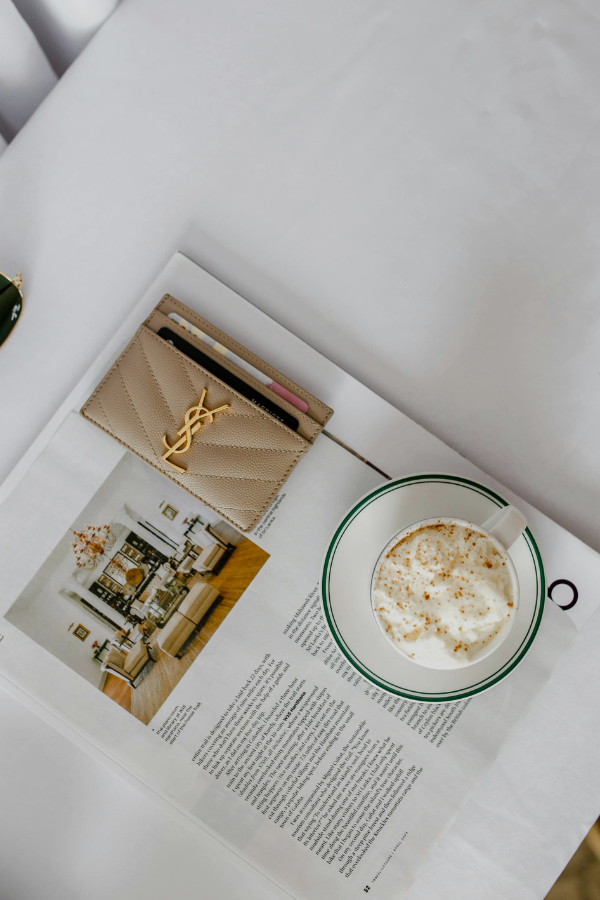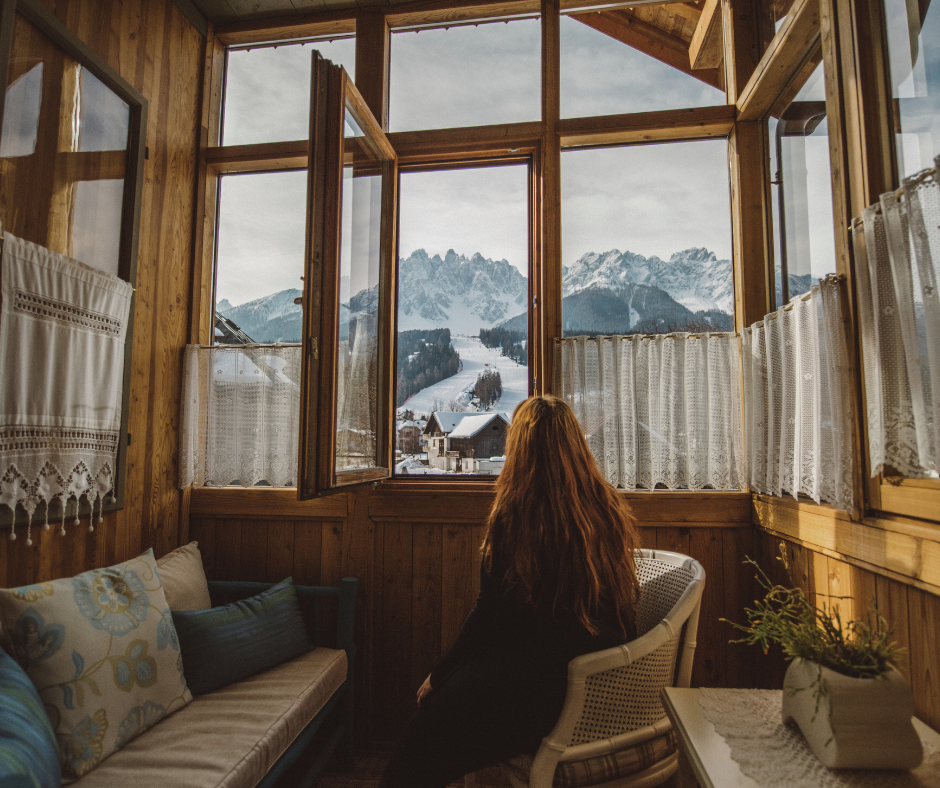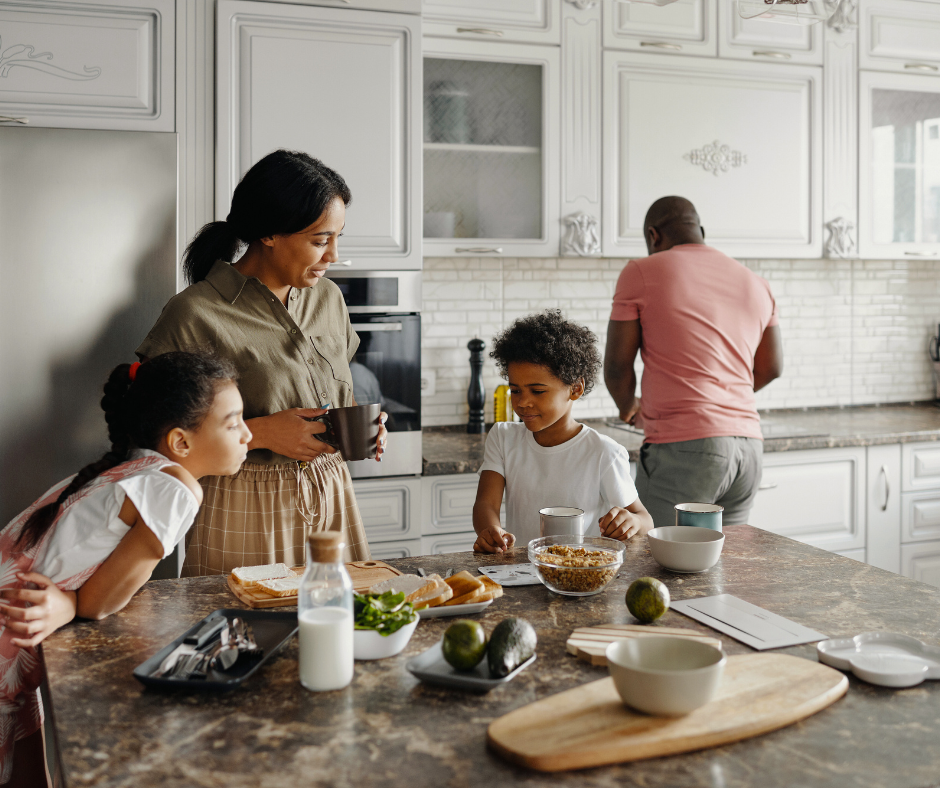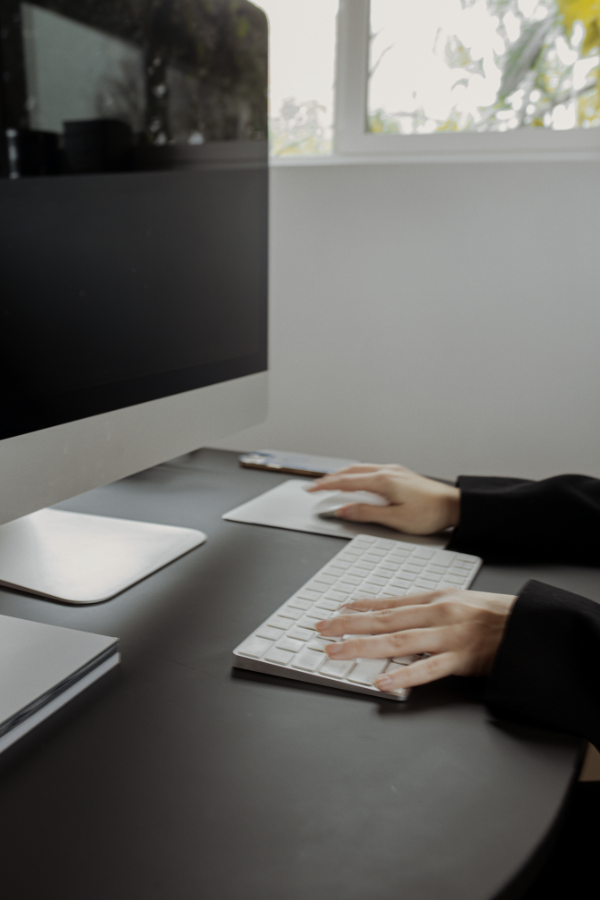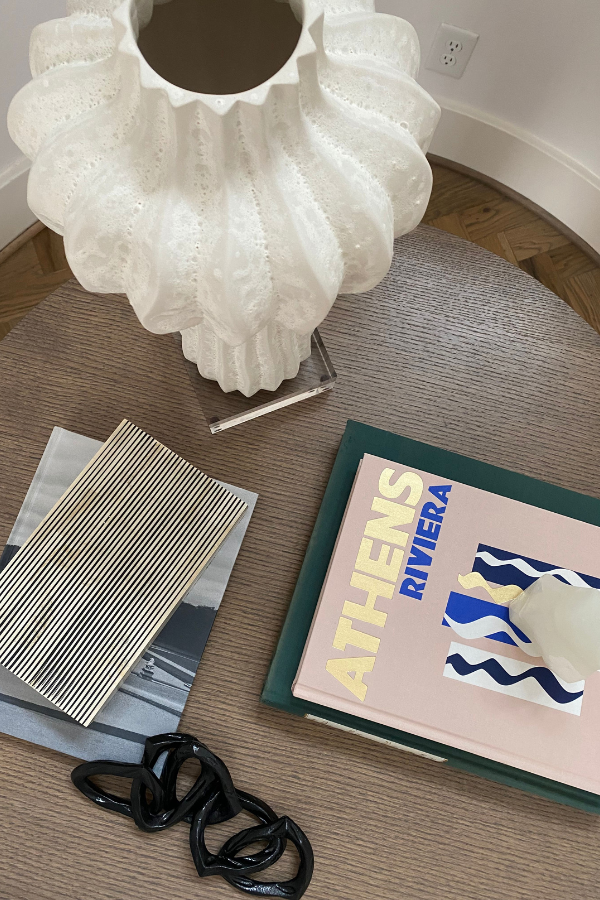
Creative Rituals from Our “Women, In Their Own Words” Interviews
Summary
Creative rituals are essential for designers. They help us find focus, reduce anxiety, and tap into their best ideas. From morning coffee routines to dedicated “do not disturb” sessions, these practices can be deeply personal but incredibly powerful. Drawing on both scientific insights and firsthand interviews from our Women, In Their Own Words series, this piece explores why creative rituals matter and how you can use them to keep your work feeling fresh.
Reflection Questions
Which creative rituals have you developed over the years, and how have they impacted your design process?
How do you prepare yourself mentally before starting a big project or tackling a creative block?
Are there any rituals you’ve seen other designers use that you’d like to try in your own practice?
Journal Prompt
Imagine your ideal creative day. Where are you working, what rituals do you start with, and how do these practices help you reach your peak creative state? Write about how these routines could transform your approach to design.
Creativity is the lifeblood of every designer (and her firm), but it doesn’t always flow on demand. Some days, inspiration strikes like lightning, but other days, it feels like squeezing blood from a stone. Creative rituals can help give you the structure needed to keep those brilliant ideas flowing.
Rituals aren’t just for early mornings or pre-meeting pep talks and they aren’t silly superstitions. They’re essential for getting into the right headspace for design work. They help clear mental clutter, reduce performance anxiety, and establish a consistent routine—all of which can lead to more innovative ideas and sharper creative instincts.
But creative rituals are deeply personal, too. They are as varied as the designers who use them. For some, this means a morning walk with a favorite playlist. For others, it’s a carefully arranged workspace or flipping through stack of design books that never fails to inspire.
In this piece, we’ll explore the importance of creative rituals for designers by drawing on insights from psychology and firsthand interviews with some of our Women, In Their Own Words interviewees. Whether you’re a solo designer or leading a full studio, these insights can help you build rituals that spark inspiration, cut creative block, and keep your work feeling fresh. Let’s get into it!
The Science Behind Creative Rituals
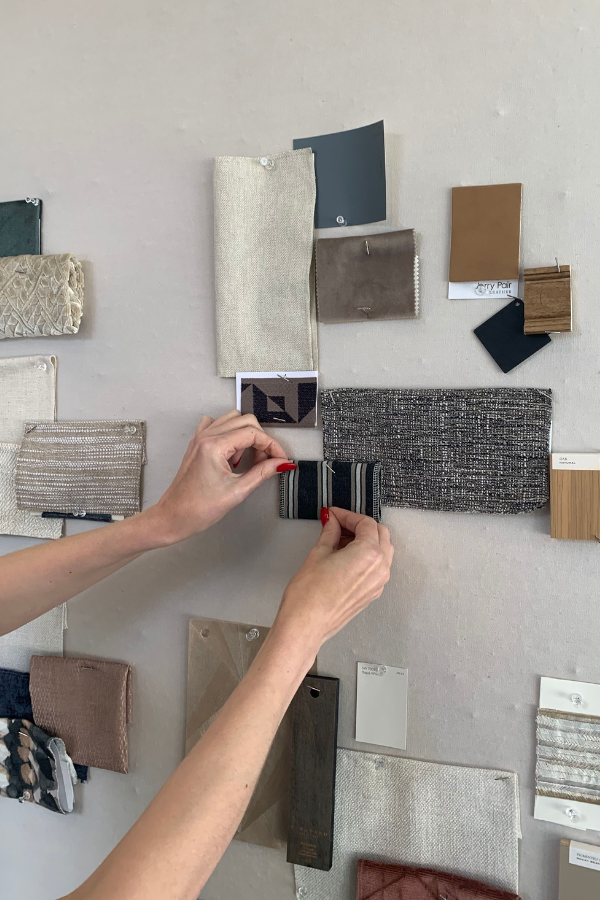
For designers, creativity is both an inherent personality trait and a skill to be cultivated. But contrary to the popular image of the creative genius struck by sudden inspiration, real-world creativity is often less about lightning bolts and more about steady, disciplined effort. In this article for Psychology Today, neuroscientist Shane O’Mara discusses this reality by drawing on insights from Mason Currey’s book Daily Rituals: How Artists Work.
Currey’s research reveals that many of history’s most influential artists, writers, and scientists relied on daily rituals to fuel their creative work. These routines varied widely, but common elements included early rising, dedicated work periods, regular walks, and consistent sleep patterns. For example, Beethoven composed some of his greatest works during long, solitary walks, while novelist Marilynne Robinson credits her “benevolent insomnia” for some of her best writing.
Why Are Rituals Effective for Creatives?
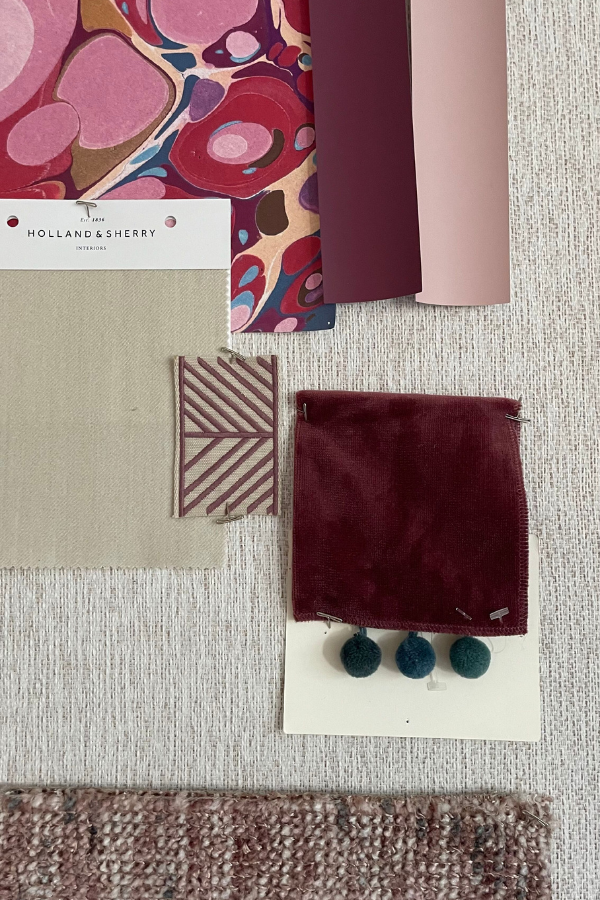
Why are these rituals so effective? O’Mara explains that they help reduce anxiety, create a sense of control, and establish a mental framework that makes creative work feel more accessible. In the same way that a carefully curated workspace or a favorite playlist can signal to a designer that it’s time to get to work, these rituals shift the brain into a more focused, creative state.
For designers, this might mean creating a morning routine that includes flipping through fabric swatches, sketching for 15 minutes, or reviewing mood boards before diving into client work. These small, repeated actions can help reduce the friction of starting a project. They can make it easier to find your flow and sustain creative momentum over time.
Creative Rituals from “Women, In Their Own Words” to Inspire You
At DesignDash, we’re passionate about sharing real stories behind the designers shaping the industry today. That’s why we launched our Women, In Their Own Words series, which is a collection of candid, first-person interviews with some of the most talented women in design. These conversations cover everything from early career struggles to breakthrough moments, and of course, the creative rituals that keep these designers inspired day after day.
For this piece, we have pulled insights from interviews with designers like Jamie Young, Camilla van den Tempel, and others who have generously shared their tips for staying creatively charged, focused, and inspired.
Camilla van den Tempel of & Tempel
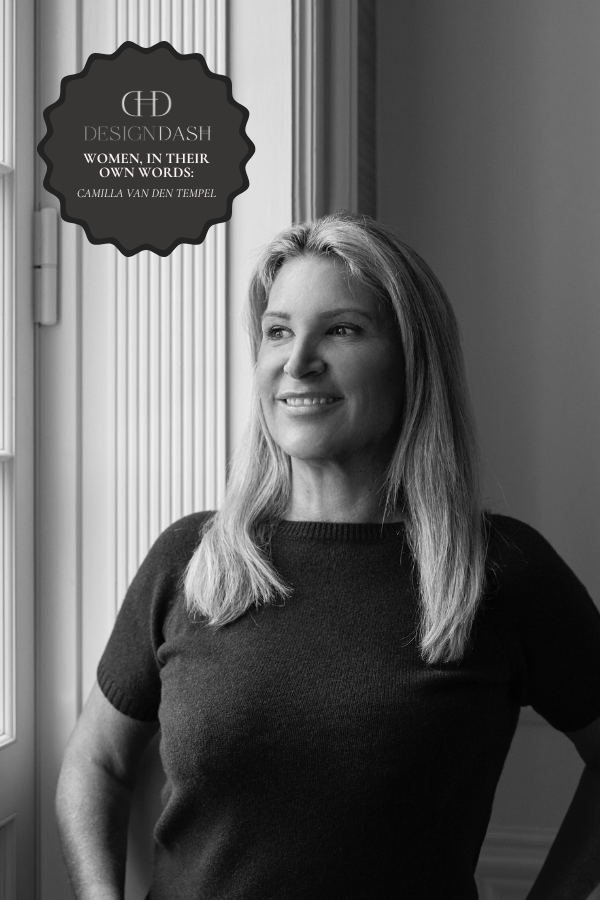
“Before starting a project, I close myself off from external distractions and focus on creating internal images. While I naturally observe the spaces I am about to design, I try to imagine what could unfold within them, turning inward rather than seeking external inspiration. I strive to remain unaffected by outside influences, concentrating instead on what would be most suitable in relation to the task at hand.”
Read Camilla’s full WITOW interview here.
Bre Hance of InHance Design + Build
“My best work is as I’m drinking my first-morning coffee, kids are off to school, on my laptop, and in my bed. I’m in peek flow? No distractions and can tap into a deep intuitive state. I do this at the beginning of projects and come up with all the big ideas to send off to my team to develop more.”
Read Bre’s full WITOW interview here.
Antonia Caicedo, Design Director and VP at JIMECO
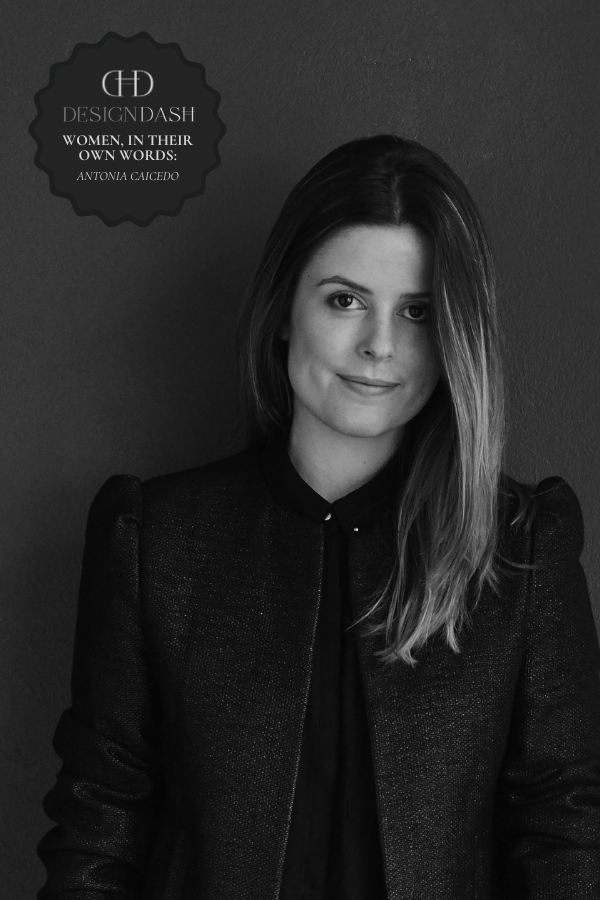
“I need to be in the right mindset to start something new. Every time I need to design a new collection, I make sure I get into my ‘do not disturb’ mode so I can focus solely on my creative process. Unplugging a little from my day-to-day tasks really helps.”
Read Antonia’s full WITOW interview here.
Fuel your creative fire & be a part of a supportive community that values how you love to live.
subscribe to our newsletter
*please check your Spam folder for the latest DesignDash Magazine issue immediately after subscription

Jamie Young of Jamie Young Co.
“I get in the right headspace, let go of everything else, this usually involves meditation and self-care.”
Read Jamie’s full WITOW interview here.
Sarah Choudhary, Creative Director and Senior Interior Designer at Habitat
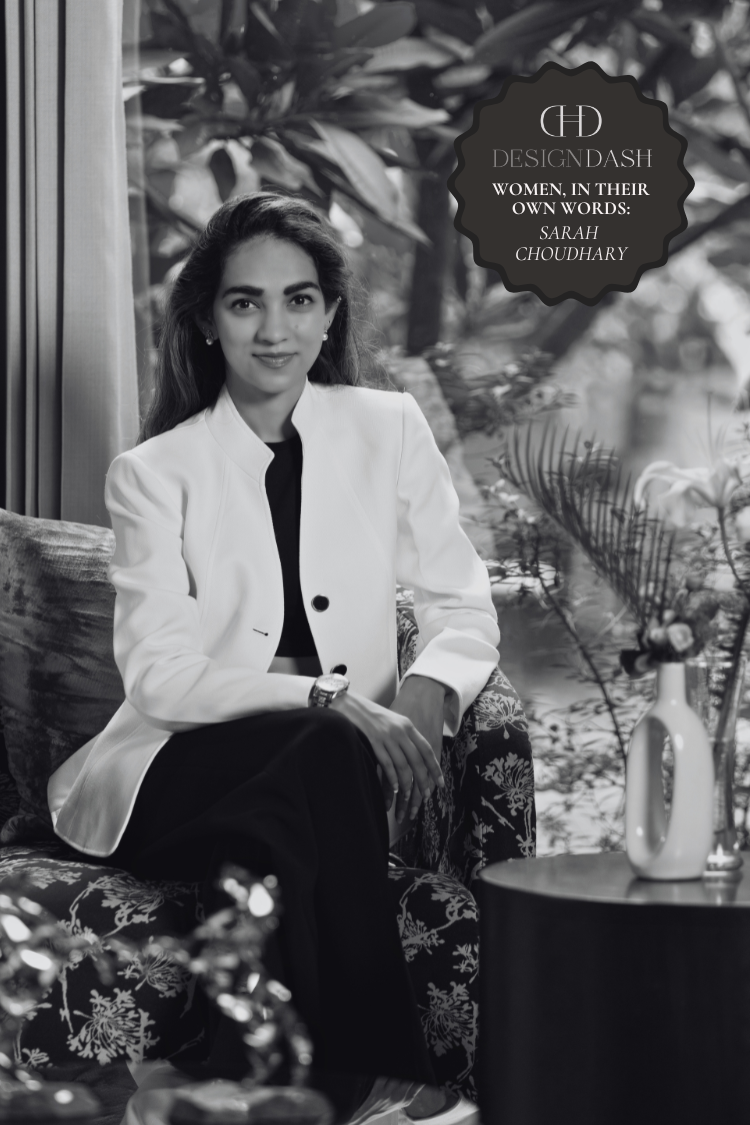
“I do have a bit of a ritual before starting any project. I always begin by clearing my workspace completely —physically and mentally. It’s almost like hitting reset. Then I spend a few quiet moments sketching freely, not with any outcome in mind, just letting ideas flow. It’s my way of tuning in, grounding myself, and creating space for something new to emerge. It may seem simple, but that pause at the beginning helps me approach each project with fresh eyes and an open mind.”
Read Sarah’s full WITOW interview here.
Final Thoughts: Finding the Rituals That Work for You
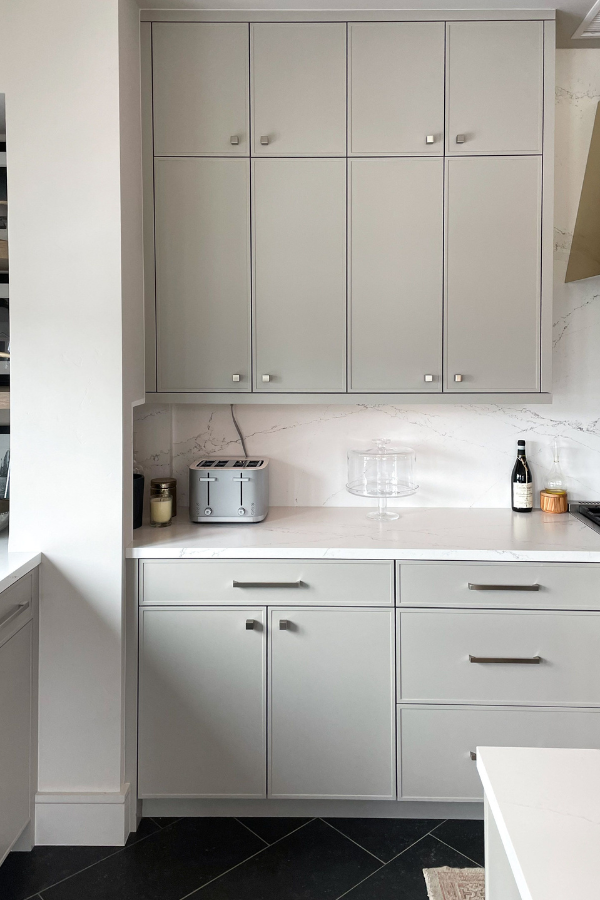
Yes, creative rituals help you find your flow, but they also give you the mental and emotional space to do your best work. Whether it’s a morning walk, a few minutes of meditation, or a simple desk reset, these small acts can have an incredible impact on your mindset and productivity. As our Women, In Their Own Words interviewees remind us, there’s no one-size-fits-all approach to creativity. The key is to experiment, refine, and find the practices that truly resonate with you.
So, whether you’re designing a high-end residential project or brainstorming your next product line, consider how a few intentional rituals can help you push through creative blocks, reduce stress, and reconnect with the passion that brought you into this industry in the first place.
And as always, we’d love to hear from you. Which rituals keep you inspired and motivated? Drop a comment below or share your process with us. We might just feature your approach in our next piece.





